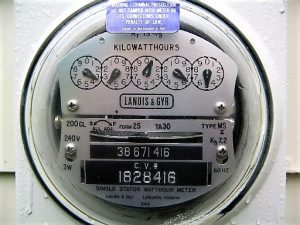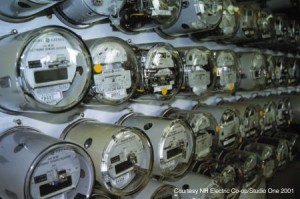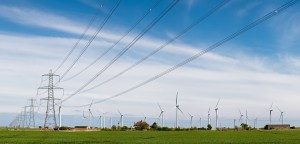4 item(s) were returned.
Senior Energy Consultant
Ascend Analytics
Historically, the US power grid has primarily treated electricity demand as a (mostly) unalterable requirement that must be met by ramping dispatchable generation up or down to adjust the electricity supply. This system creates several drawbacks, including i) challenges associated with integrating intermittent renewable energy sources (such as solar and wind) that cannot be dispatched; and ii) inefficient use of resources, since the transmission, distribution, and generation systems must be built to meet the peak demand even though the peak occurs only a few hours during each year. Demand-side management (DSM) approaches can alter the net electricity required from the… [more]
View InsightEconomist
Environmental Defense Fund
Throughout most of the country, residential electricity customers pay the same price for electricity regardless of when it is consumed. Such flat rates mask the fact that true system costs vary over time according to electricity demand. Prices that better reflect the time-varying costs of producing and delivering electricity can lead to a number of economic and environmental gains, such as reduced wholesale prices, increased investment in clean distributed energy resources, and lower overall carbon emissions. Time-variant electricity pricing gives customers greater control over their electricity bills, since they can use electricity when it is cheaper and cut back when… [more]
View InsightSenior Scientist
UFA Ventures, Inc.
Generally, when electricity demand rises in an area, we just fire up some source like a gas plant or a coal plant, or put more water through a hydroelectric dam, to produce more electricity to meet that demand. But what about other users voluntarily shifting their use to compensate for that rise in demand? This concept of Demand Response sounds simple, but until recent technological developments, like a smarter grid and rapid energy communication and control systems, it wasn’t feasible since the response time needed to be in minutes, not hours. Some users can shift their energy usage to different… [more]
View InsightAssistant Professor, Energy and Resources Group
University of California, Berkeley
Wind and solar capacity have grown significantly in the last decade, and many believe that significant reductions in carbon emissions require continued expansion of their capacity (see for example recent papers by Jim Williams et al and Jimmy Nelson et al[1]). With the declining cost of wind and solar, the economic case for increasing production from sources whose fuel is free is getting better. But getting these energy sources on to the grid is not without its engineering and economic challenges. Wind and solar production is both variable and uncertain, and grid system operators need to make sure they have… [more]
View Insight


